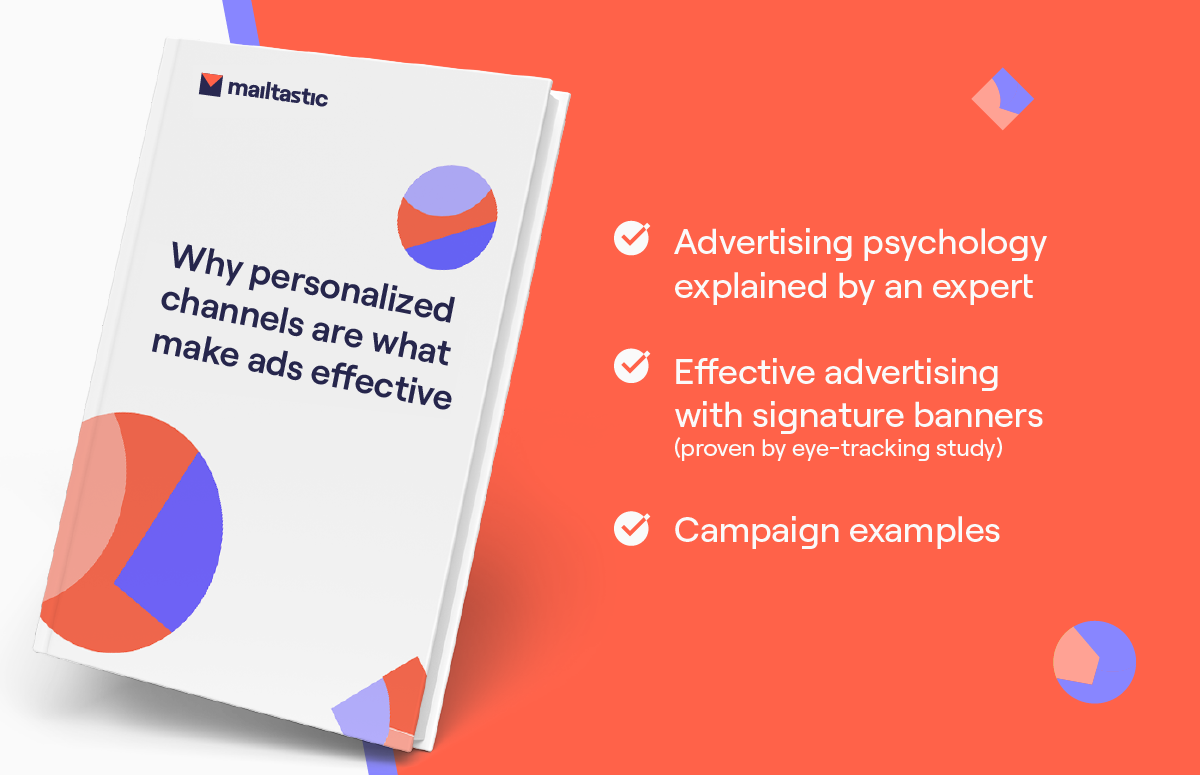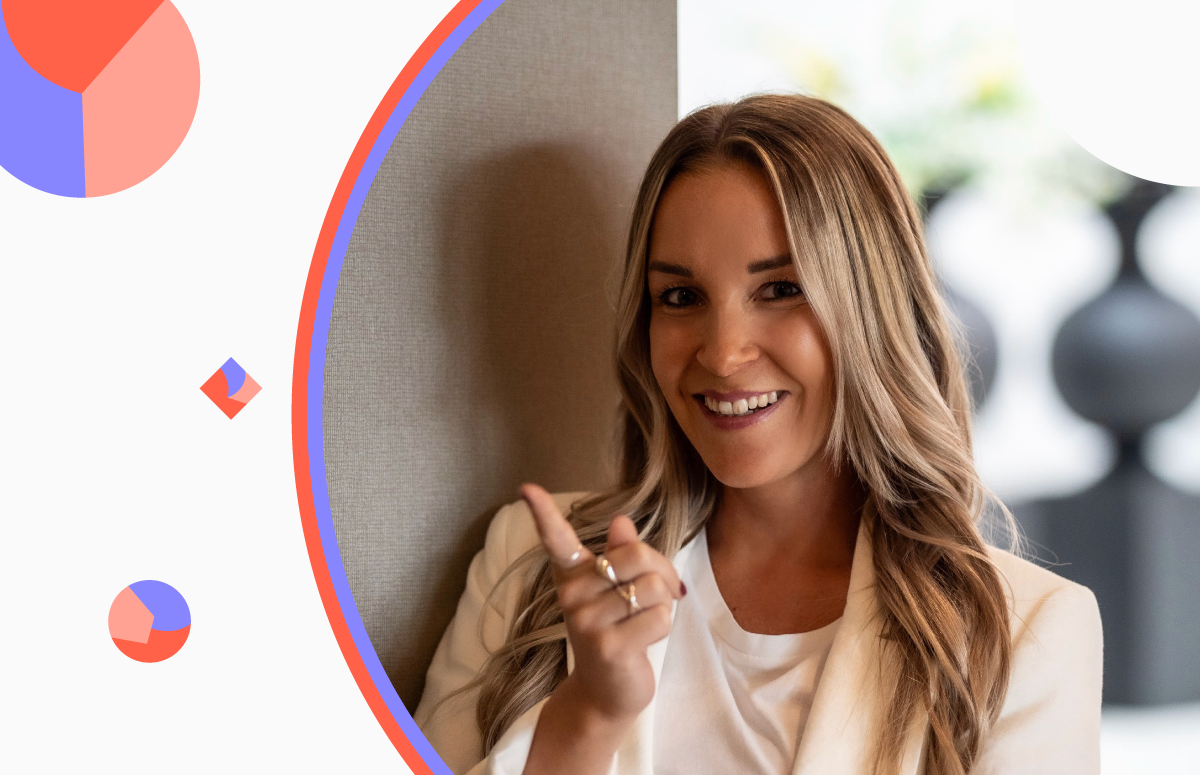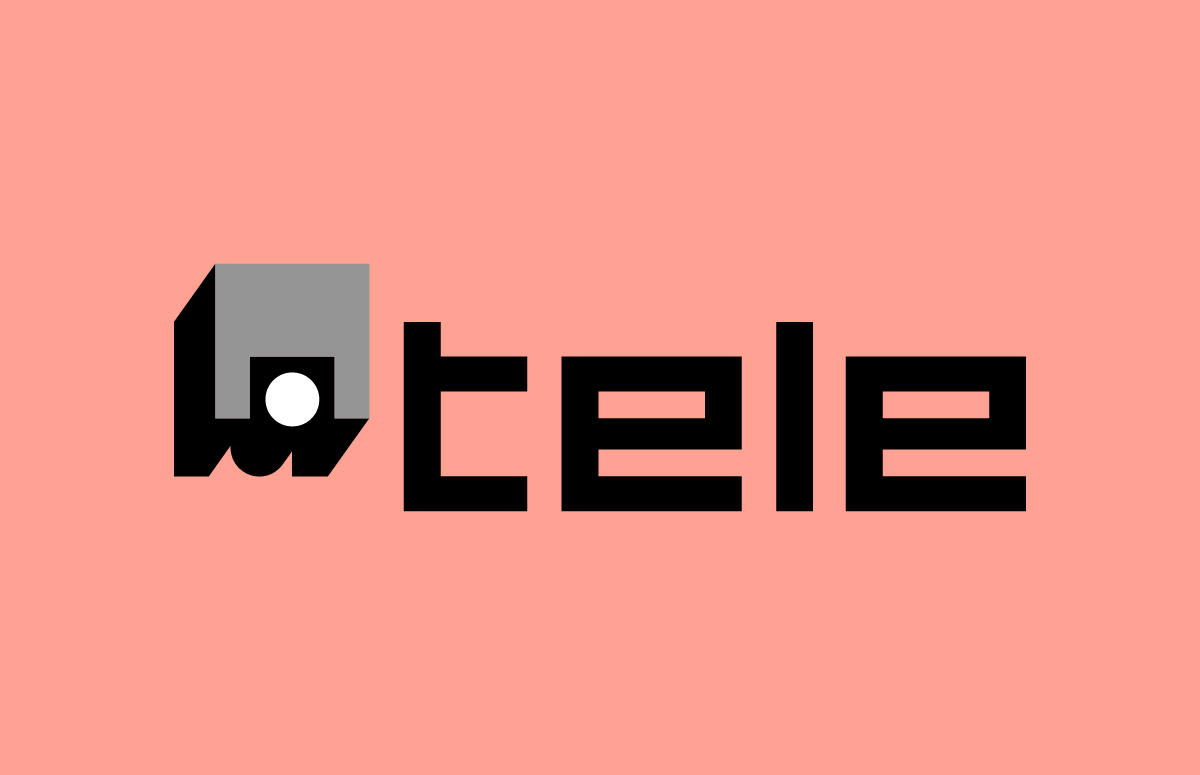B2C vs B2B content marketing: What’s the difference?
5 things to expect from this blog
- Learn why comparing content marketing in long and short sales cycles is more helpful than comparing B2C and B2B.
- Discover how B2C and B2B content strategies cater to different buyer journeys.
- Understand the significance of decision making in B2B and B2C.
- See how B2Bs are humanising their messaging.
- Find out about content promotion opportunities in B2C and B2B marketing.
Marketing traditionalists will tell you B2B is a black sheep. Galaxies away from the world of Don Draper, B2B lurks in the shadows, producing dull copy for dull products. For a time, that was true. Maybe. But now, the tables are turning.
B2B content marketing started by borrowing from its sexier sibling. Over time, it developed a style and swagger of its own. So much so that leading voices began whispering about the helpfulness of comparisons at all.
As Head of Marketing at Turtl, Karla Rivershaw, explains, it’s no longer a case of B2C versus B2B content marketing. Rather, it’s a case of content marketing in long sales cycles vs short sales cycles, because of growing overlap between the two.
Aims and objectives
Typically, B2C content marketing is targeted towards a short sales cycle, whereas B2B content marketing is targeted towards a longer sales cycle.
This means that in B2C, content marketing encourages the consumer to act on impulse and fulfil a need. It does this by playing on the consumer’s emotions, connecting them to a feeling about a brand or product. Take this Nike ad, for example.
It’s able to do this because shorter sales cycles have shorter funnels. Pricing is typically much lower than products with a longer sales cycle, making the final purchasing decision much easier.
To attract customers, B2Cs also tend to cast a wide net because their product/service has no set persona. This is because the motivations behind buying mass market B2C products differ hugely.
On the other hand, B2B content marketing usually tries to build trust with the consumer. By creating content about a niche across the full buyer journey, B2Bs can convince customers to make larger, more significant purchases.
They do this by homing in on the wants, needs and challenges of hyper-specific personas, a tactic also known as spear fishing.
Of course, there are many B2Cs and B2Bs that don’t fall easily into either category. For example, car sales have a long sales cycle because of the price and significance of the purchase. Meanwhile, webinar tools like Livestorm have a short sales cycle because they’re low-cost, low-risk purchases.
This is why it makes more sense to create sales goals around your individual sales cycle, rather than setting goals as a B2C or as a B2B.
It's also worth remembering...
There are similarities in the post-sale processes of B2Cs and B2B. B2C, for example, focuses on driving repeat business, community management and creating customer loyalty. In B2B, it’s about retention and upsell. But both do their best to keep customers in the pipeline and turn them into brand ambassadors.
Content strategies
One of the biggest differences between B2C and B2B content marketing is that in the former, the decision maker and the end user tends to be the same person. In the latter, the decision maker and the end user are different people.
So, in B2C content marketing, you’re persuading one person to buy your product/service. In B2B content marketing, you’re convincing a decision maker that your product/service is a smart business call as well as being beneficial to end users in their business.
A well-designed content marketing package can help achieve this by addressing the specific needs and pain points of both decision-makers and end users.
Other differences in content strategy include:
- B2B is more reliant on sales enablement because of the longer sales cycle. In shorter sales cycles, this isn’t as important.
- B2C is often more community based because the products and services are cheaper and more tangible. This makes them more accessible, giving content creators more freedom.
Decision making
Although B2C content marketing is more impulse based, B2B content marketing must be more considerate of a range of buyer emotions. That’s because the significance of B2B purchases tend to be greater than B2C purchases.
Take buying a coffee, for example. If you buy it and hate it, it’s not the end of the world. You make a mental note to avoid that coffee shop in future. On the other hand, if a key decision maker decides to purchase a SaaS product for a six figure sum and gets it wrong, their livelihood could be on the line.
So the challenge in B2B is to establish a much deeper emotional connection with the consumer to guide them through to purchase. High-quality, long-form content around the product itself and the wider field helps achieve this.
In B2C, a white paper listing the benefits of ¾ shorts versus versus knee-length shorts is likely to stall the buyer journey. That’s because the consumer has already decided on the type of shorts they want.
Instead, Facebook and Instagram posts about the shorts are likely to elicit an emotional response in the consumer. If they look good on the model, they might look half as good on you.
Messaging
We all know the stereotype. B2C is fun, energetic and emotive. B2B is dry, serious and boring. But these days, that’s not the case. More and more B2Bs are recognising … well ... that they’re selling to human beings, not robots. As a result, they’re creating messaging humans like, just like B2Cs.
Despite the generally conservative B2B senior leadership, marketers at the likes of Gong, Mailchimp and Monday are changing the conversation. They realise that prospects and customers want to be entertained as well as informed when they’re in a professional space.
And as a result of this, we’re likely to see a greater uptake in lighthearted messaging from B2Bs in the future.
Content promotion
Transplanting the success of B2C content promotion to a B2B environment is tough. One look at the channels B2Bs have available to them by comparison to B2Cs will tell you why. In B2C, you have:
- TikTok
- Newsletters
- Live video streaming
- Display ads
- Billboards
- TV ads
- Physical promos
The list goes on. And on. And on. Whereas B2Bs have to be much more selective and truly know where their audience is. Popular channels include:
- Email marketing
- Webinars
- Blog content
- White papers
- Reports
- Google search
The main reason behind the difference is channels is that B2C products tend to be front of mind in both professional and personal contexts. B2B products, on the other hand, only really capture the imagination during the working day.
For example, a SaaS provider is unlikely to get traction by pushing their latest white paper on TikTok at 7pm. On the other hand, a B2C trainer ad is likely to prove a welcome distraction to consumers at, say, 11am.
Influencer marketing
Influencer marketing is an important sub-strand of both B2C and B2B content promotion. But there are big differences in the way that each space deploys the tactic.
In B2C, things are explicit. Celebrities like Kendall Jenner and Kim Kardashian endorse products on their personal social accounts for a price. In B2B, things are subtle. Micro and nano influencers feature on webinars, guest on podcasts and speak at events. Often, they’re experts in the same field as the company they’re collaborating with and refrain from direct product plugs.
In many ways, this gives B2Bs the upper hand. Audiences are so overwhelmed by B2C influencer marketing they’re becoming desensitised. And cynical. As a result, the light touch B2B approach gets more credit and continues to resonate with audiences.
Inevitably, the B2B influencer market will become more saturated, so now could be the golden age for content marketers to cash in.
So, what's the difference?
The gap between B2C and B2B content marketing is closing. And fast. B2Bs are working hard to humanise their products and the experiences they serve up to consumers. But because of the freedom and flexibility afforded to B2Cs, they’re always one step ahead of the game.
Borrowings between the two show no sign of stopping either. Maybe those best placed to leverage them are those in B2B2C, as they switch their approaches depending on the context facing them.
In future, the lines will surely be blurred further. And the historic status quo of “cool” B2C vs “boring” B2B will be a distant memory.
For more Mailtastic content, follow us on LinkedIn


